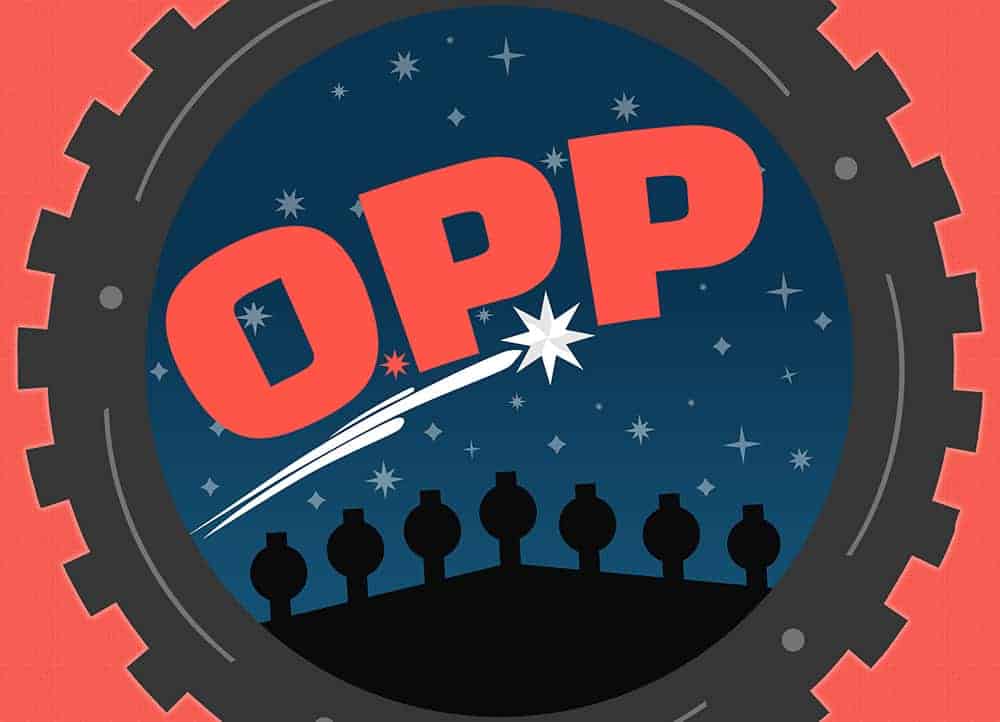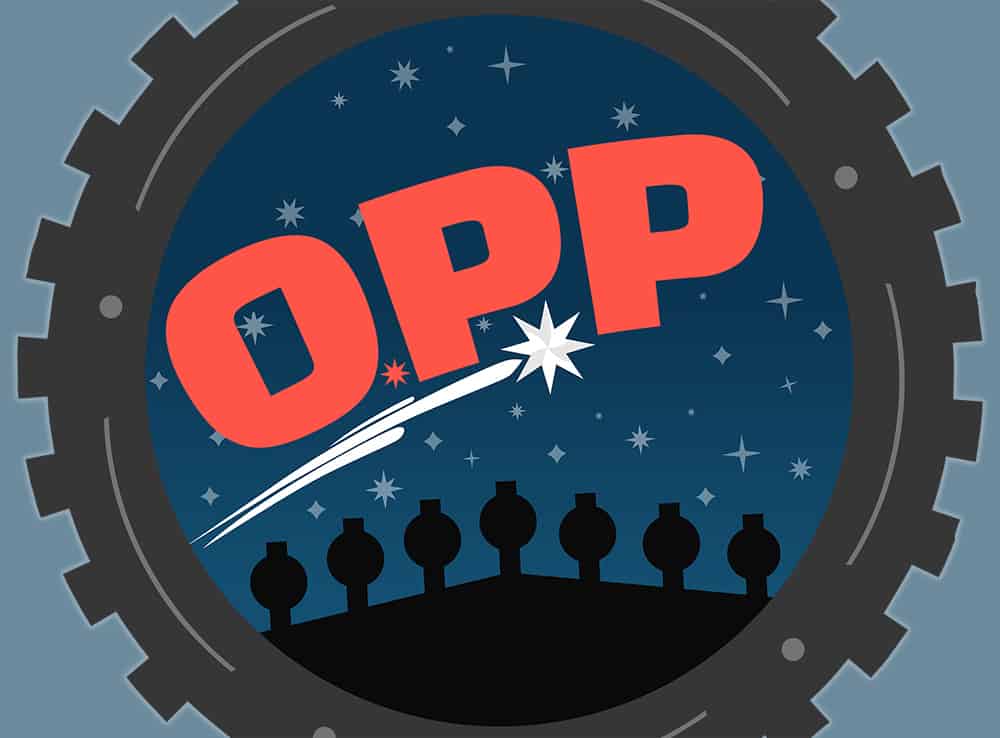In my late-arriving Minor Keys post Saturday afternoon, asinwreck dropped a link to a Hardball Times post by Ben Schulman that attempts to bring glory to the multipurpose concrete donut stadium by emphasizing the diverse brands of baseball played within their confines, and in multiple ways.
The concrete donut era brought baseball Rollie Fingers’ mustache, clad in the A’s gold-and-green, who would sometimes clash, in every sense of the word, in technicolor contests with the electric orange Orioles, when Jim Palmer wasn’t modeling his Jockeys. It was when, with baseball’s frontiers settled, room was made for the San Diego Chicken and Morgana, the Kissing Bandit and big, vocal personalities like Dock Ellis and Bill “Spaceman” Lee, who spoke truth to power from mounds in the middle of modern baseball bunkers, wearing uniforms that were as yellow as a crayon and so flamboyant as to appear foreign. Much of this territory, at least focused on the 1970s, is covered by Dan Epstein’s Big Hair and Plastic Grass: A Funky Ride Through Baseball and America in the Swinging ‘70s, and much of the material changes are reflective of larger bohemian ideals seeping into the mainstream.
This growing sense of openness continued into the 1980s: In a diversity that saw an expanding Hispanic population, reaching 15.6% of the game’s makeup by 1992, complementing what was a watermark era of African-American participation, rising from less than 10% of the game’s demographic in 1961 to crest between 16-18% from 1972-1996. In Ozzie Smith’s defensive acrobatics. In Roger McDowell’s kangaroo court.
I'd seen this post batted around by Baseball Twitter, although not to be confused with batted down. Schulman avoids any fatal flaws by avoiding strenuous arguments for their architectural merit. Instead, he mainly limits his appreciation to the idea that midcentury design enjoyed a second wind in other areas, and function-over-form is a pretty good decision-making thought process for taxpayers. Otherwise, any longing for the shape of the buildings is accompanied by a general awareness regarding reflexive nostalgia.
But even if nostalgia for the buildings could be received as phony, there is plenty of nostalgia for the experience they provided.
This argument ties into what I was going for with my unofficial review of the Oakland Coliseum, which I baked into my review of Paul Goldberger's Ballpark and then spun into a sort-of appreciation for current ballparks that screwed up the decisions regarding design, including, yes, Guaranteed Rate Field. The Coliseum is in fact a terrible building, so why did I have such a great time at a game where the outcome didn't matter and I didn't even bring a friend? Intentionally or unintentionally, it had to be doing something right.
I felt a tinge of homerism while making that case -- it may be a dumb house, but it's my dumb house -- so it caught my eye when Joey Mellows, aka the Baseball Brit, a lad who's spending his year catching 162 baseball games on three different continents, established his presence on the South Side with strikingly cheerful note.
Joey's going to be on the upcoming Sox Machine Podcast to talk about why Guaranteed Rate Field resonated with him, and Josh posted a teaser:
This entire post is basically one long podcast promo. I'm looking forward to hearing the whole thing myself, because between what he's tweeted and Schulman's reconsideration of the concrete donut, I'm feeling more confident in my assertion that warts and all, Guaranteed Rate Field is a great place to be for people in a certain frame of mind.
When a ballpark fails to draw the casual baseball fan due to design choices, it can inadvertently heighten the importance to events on the field. There's no other direction to look, and it self-selects for fans who'd prefer to not turn away from the game. No baseball environment looks more fun than Oakland's in October. The White Sox don't make the postseason these days, but the last time the White Sox got there, Ron Darling, who served as analyst for TBS' broadcast of the Blackout Game, told me he couldn't forget the delirium.
Mellows' first White Sox game was one where 27,000 fans showed up and saw the White Sox trounce a Cy Young candidate. If you think about it, it'd be weird if somebody with his dedication didn't have a blast. I might lean pessimistic about the way the White Sox are run, but I'm wholly optimistic about the kind of environment the Sox could produce at 35th and Shields if they could ever more reliably serve the dedicated.




